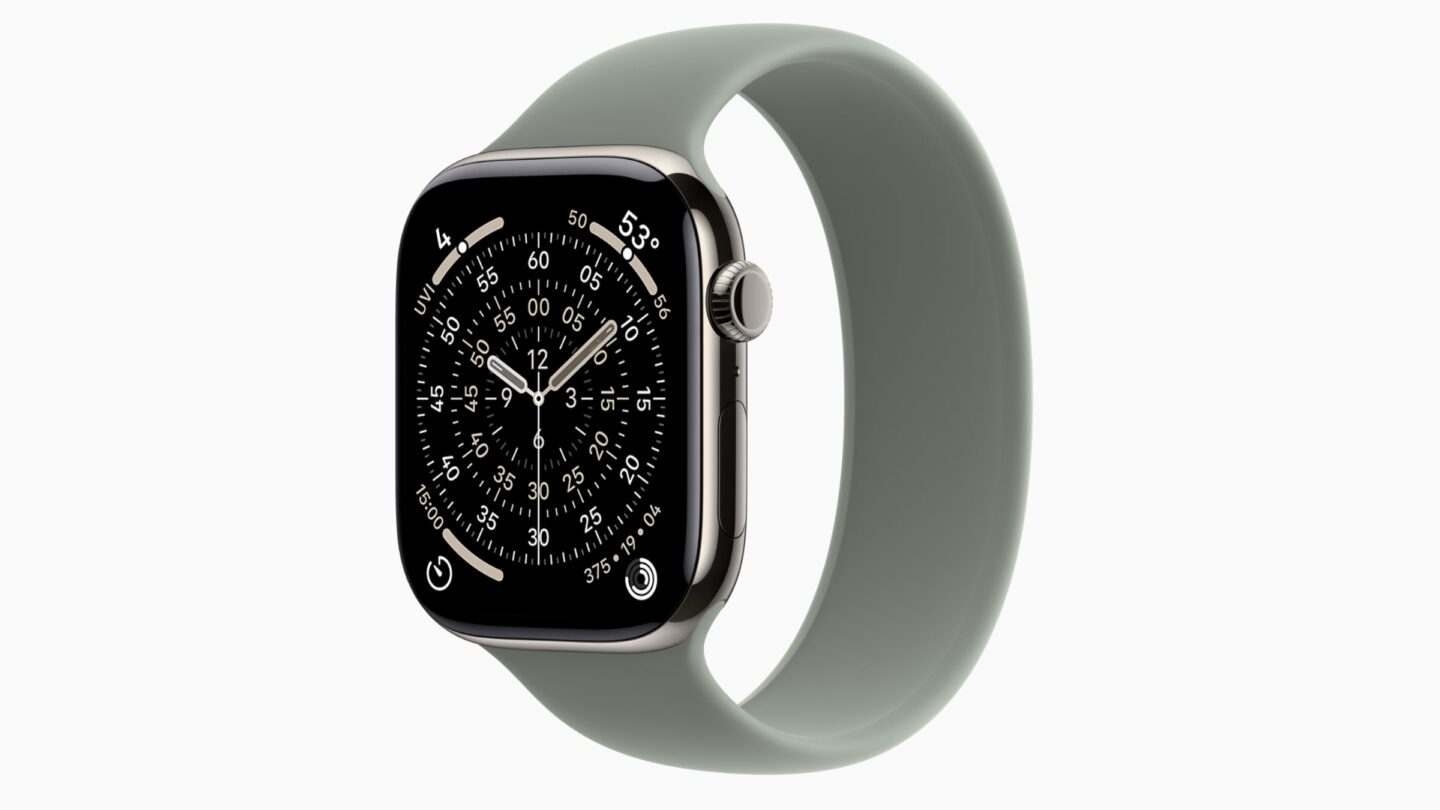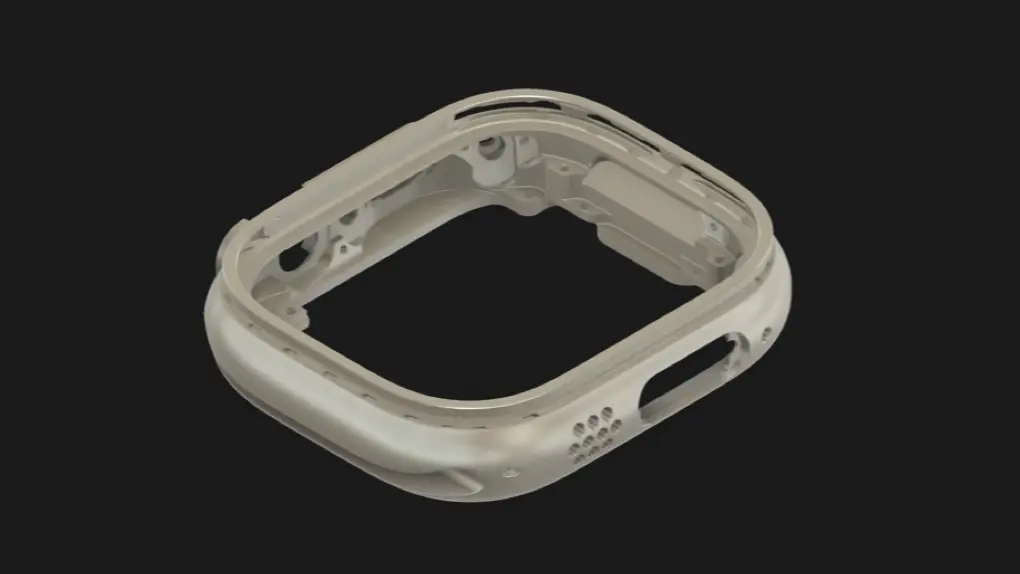Apple has achieved what many thought impossible: manufacturing millions of Apple Watch cases using 3D-printing technology with 100% recycled titanium — while cutting raw material usage in half. The breakthrough marks a significant milestone in both sustainable manufacturing and production efficiency, with the company estimating the process will save more than 400 metric tons of raw titanium this year alone.
“It wasn’t just an idea — it was an idea that wanted to become a reality,” said Kate Bergeron, Apple’s vice president of product design, in a press release Tuesday. “Once we asked the question, we immediately started testing it. We had to prove, with continuous prototyping, process optimization, and a tremendous amount of data gathering, that this technology was capable of meeting the high standard of quality we demand.”
Apple Watch 3D-printing breakthrough doubles production, saving 400 tons of titanium in a year
Starting this year, every Apple Watch Ultra 3 and titanium Apple Watch Series 11 case is 3D-printed using recycled aerospace-grade titanium powder, Apple said. The shift represents a fundamental change in how Apple manufactures its products, moving from traditional subtractive manufacturing — where large portions of material are machined away — to an additive process that builds objects layer by layer.
This efficiency gain directly supports the ambitious Apple 2030 initiative to make the company carbon neutral across its entire footprint — including manufacturing supply chains and product lifetime use — by the end of the decade.
Doubling production efficiency

Photo: Apple
The material savings are staggering. By using 3D printing, Apple Watch Ultra 3 and Apple Watch Series 11 models with titanium cases now require just half the raw material compared to previous generations.
“A 50 percent drop is a massive achievement — you’re getting two watches out of the same amount of material used for one,” said Sarah Chandler, Apple’s vice president of environment and supply chain innovation. “When you start mapping that back, the savings to the planet are tremendous.”
Apple Watch 3D-printing breakthrough: A decade in the making
Apple’s journey to production-scale 3D printing didn’t happen overnight. The company has been experimenting with the technology for over a decade, watching it mature across various industries. From 3D-printed prosthetics in hospitals to tools manufactured aboard the International Space Station, Apple studied how the technology evolved before determining it could meet its exacting standards.
“We’ve watched this technology mature for a long time and seen its prototypes become more representative of our designs,” says Dr. J Manjunathaiah, Apple’s senior director of Manufacturing Design for Apple Watch and Vision. “Using less material to make our products has always been the intention. Previously, we hadn’t been able to make cosmetic parts at scale with 3D printing.”
The challenge wasn’t simply about proving 3D printing could work. It was about ensuring the technology could deliver the same quality, durability and aesthetic standards Apple demands, at scale.
Solving the titanium puzzle

Photo: Apple
Making the process work required breakthroughs in materials science. The team had to atomize raw titanium into powder exactly 50 microns in diameter. That’s about the size of a very fine grain of sand. At the same time, it had to carefully control oxygen content to prevent explosive reactions when exposed to laser heat during printing.
The 3D printers themselves are engineering marvels. Each machine houses a galvanometer with six lasers working simultaneously. They build cases layer by layer over 900 times to complete a single enclosure.
“We have to go as fast as we possibly can to make this scalable, while going as slow as we possibly can to be precise,” Bergeron noted.
The manufacturing process involves multiple quality control stages. They include rough and fine depowdering to remove excess titanium and automated optical inspection systems that verify each case’s dimensions and cosmetic accuracy before final assembly.
Apple’s embrace of 3D printing extends beyond the Apple Watch
The benefits of this breakthrough extend beyond Apple Watch. The same 3D-printing technology using recycled titanium powder enabled Apple to create the USB-C port on the new iPhone Air. The process made its remarkably thin yet durable design possible.
“We’re never doing something just to do it once — we’re doing it so it becomes the way the whole system then works,” said Chandler. “Our North Star has always been to design products that are better for people and planet.”
With this breakthrough now proven at scale, Apple has opened the door to greater design flexibility and environmental benefits across its product lineup. It demonstrates that sustainability and premium quality don’t have to be competing priorities.


